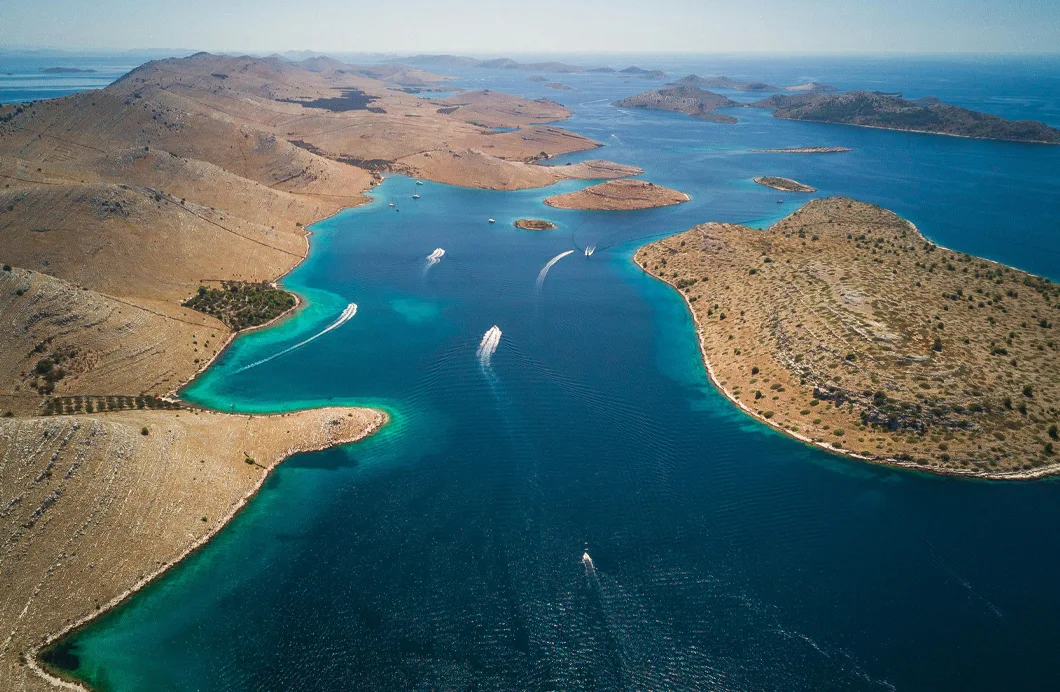
Jul
How to set a standing longline correctly? Tips for a bigger catch
A standing longline is one of the most popular fishing gear for bottom-dwelling fish such as red scorpionfish, hake and eel. Unlike floating longlines, this one stays in one place, making it ideal for fishing in specific locations. In this guide, we'll explain how to set it up properly, what its advantages are, and how to increase your chances of a successful catch.
If you are looking for a quality standing longline, check out the offer of Ižanka-Zadar, the leading Croatian manufacturer of fishing equipment.
What is a standing longline and how does it work?
What makes a standing longline special?
- It is fixed in one place – It uses weights or anchors to prevent movement due to strong currents.
- Ideal for demersal fish species – Fishing on or near the bottom (e.g. red scorpionfish, eel, hake).
- Easy to use – Does not require continuous monitoring like floating longlines.
Main parts of a standing longline
- Base (maestra) – A long string made of nylon or polyamide (1-2 mm thick).
- Pioke (strands) – Shorter lines with hooks (length 0.5-1.5 m).
- Weights or anchors – They hold the longline to the bottom (weight can vary from 0.5-5 kg).
- Floats (optional) – Used to adjust depth.
Advantages and disadvantages of standing longline
Advantages
- Precision – Can be placed in a precise location.
- Minimum monitoring – No need for continuous monitoring.
- Versatility – Suitable for different types of bottom (sand, rocks, mud).
- Durability – Our quality longlines made in Croatia can last a long time with proper maintenance.
Disadvantages
- Less surface coverage – Unlike floating longlines, it only fishes in a specific location.
- Current dependence – If the currents are too strong, movement can occur.
- Requires preparation – It is necessary to set the weights and hooks correctly.
Practical tips for setting a standing longline
How to set a standing longline?
- Select a location – Look for areas where fish are feeding (e.g., along rocks, on reefs).
- Attach weights – Use sufficiently heavy weights (0.5-5 kg) depending on the depth and currents.
- Set the hooks – The distance between the hooks should be 4-6 m.
- Use quality bait or lure – Fresh fish (sardine, cod) or squid give the best results.
- Prepare additional equipment – Have a headlight for fishing handy if you fish at night, and definitely a pad for catching fish.
Best practices for bigger catch
Fish at the right time – Fish are most active at dawn and dusk.
Control the depth – Adjust the pick length according to the type of fish.
Standing longline is an extremely efficient tool for fishermen who want to catch bottom-dwelling fish. By properly setting up and choosing equipment, you can significantly increase your chances of a successful catch.
If you are looking for quality standing longlines, visit Ižanka-Zadar and choose equipment made in Croatia.Try these tips today and improve your fishing results!

